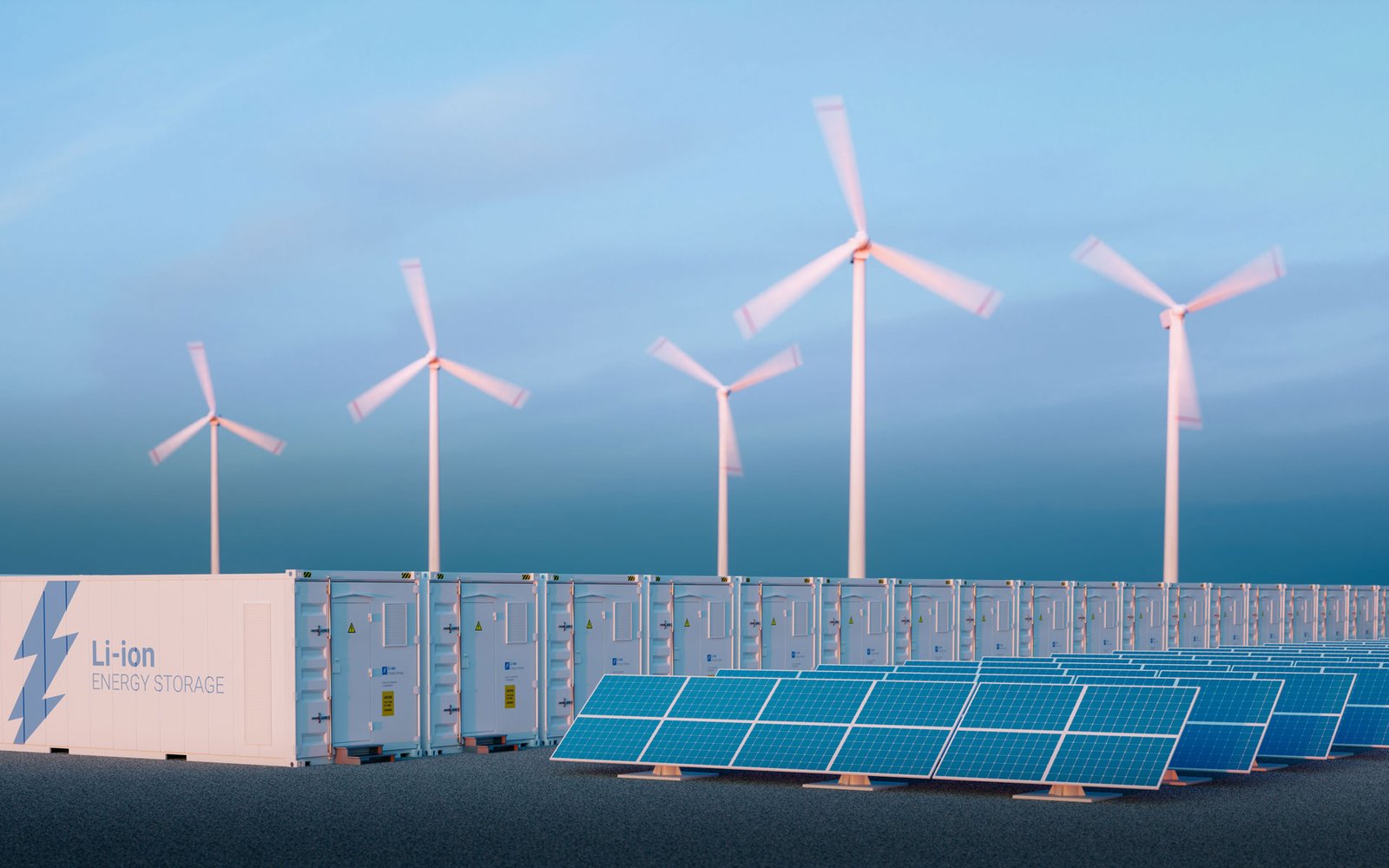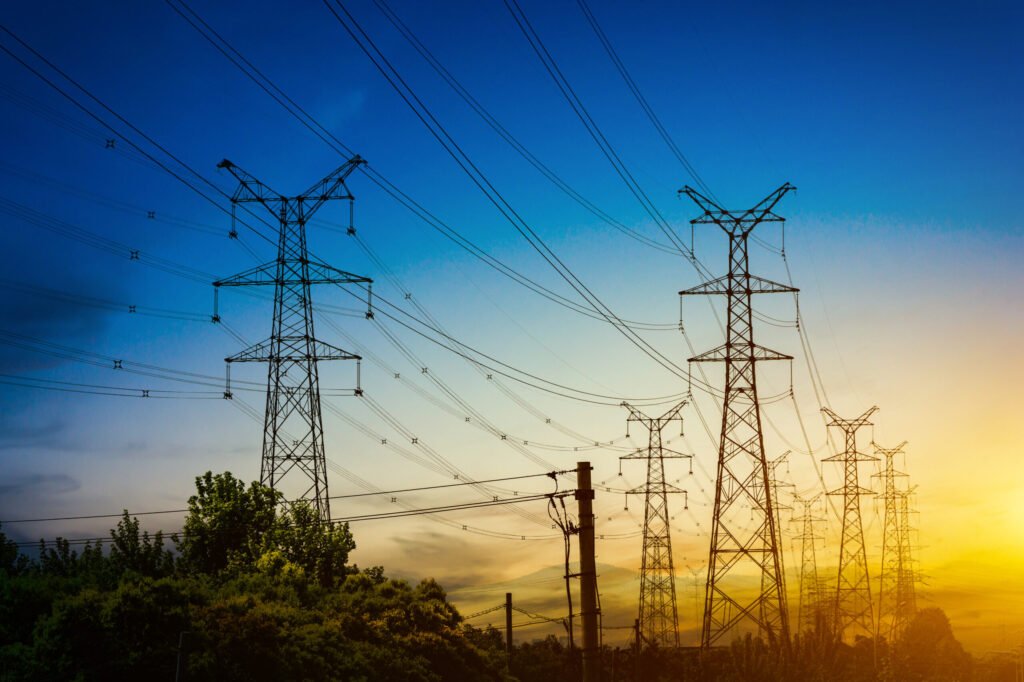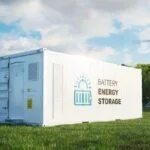
The Application of Electrical Automation in the New Energy Industry
The integration of electrical automation into the new energy sector plays a pivotal role in enhancing the efficiency, reliability, and sustainability of various systems. With the continuous growth of renewable energy, including solar, wind, and energy storage systems, the need for advanced electrical automation solutions is more pressing than ever. This article explores the key components, technological advancements, required hardware and software products, and the significance of electrical automation in the new energy industry.
1. Overview of Electrical Automation in the New Energy Industry
Electrical automation refers to the use of control systems such as computers, programmable logic controllers (PLCs), and industrial control systems (ICS) to manage equipment in factories, boilers, and heat treating ovens, switching on telephone networks, steering ships, aircraft, and other applications. In the context of the new energy industry, electrical automation is essential for optimizing energy production, distribution, and storage, ensuring that systems operate smoothly and efficiently.
The new energy industry, particularly renewable energy sources like solar power, wind energy, and energy storage solutions, requires automation for real-time monitoring, control, and optimization. Electrical automation systems help minimize human intervention, reduce costs, and enhance operational efficiency, making them indispensable for this sector.
2. System Composition of Electrical Automation in New Energy

The electrical automation system in the new energy sector typically consists of several key components:
- Control Systems: These systems, including PLCs and Distributed Control Systems (DCS), are responsible for regulating energy generation, transmission, and distribution processes.
- Sensors and Actuators: Sensors monitor parameters such as temperature, pressure, and voltage, while actuators implement control commands to regulate energy systems.
- Communication Networks: A robust communication infrastructure is vital for enabling seamless data exchange between various components of the system, such as wind turbines, solar panels, and energy storage units.
- Energy Storage Systems: Electrical automation helps control and optimize energy storage, ensuring efficient energy management and reducing wastage.
- User Interface (HMI): Human-machine interfaces allow operators to monitor the system’s performance and make necessary adjustments in real-time.
3. Technological Advancements in Electrical Automation for New Energy
Recent technological advancements have significantly enhanced the effectiveness of electrical automation systems in the new energy sector. Key developments include:
- Smart Grids: The evolution of smart grids has enabled more sophisticated monitoring, control, and distribution of renewable energy. Smart grids facilitate demand-response programs, real-time data analytics, and predictive maintenance, improving energy management efficiency.
- IoT Integration: The Internet of Things (IoT) has facilitated the development of connected devices that can gather real-time data on energy systems. IoT devices help monitor performance, predict potential failures, and enable preventive maintenance.
- Artificial Intelligence (AI) and Machine Learning: AI and machine learning algorithms optimize energy generation and distribution by analyzing data from various sources. These technologies help predict energy demand, optimize power generation, and even detect faults in energy systems before they occur.
- Advanced Motor Control Systems: The integration of advanced motor control systems allows for better regulation of power usage in renewable energy systems, leading to reduced energy losses and increased system efficiency.

4. Required Hardware and Software Products
For an effective electrical automation solution in the new energy industry, both hardware and software products play crucial roles:
- Hardware Products:
- PLCs and DCS: These are used to control and monitor energy production and distribution processes.
- Sensors and Transducers: They monitor environmental and system conditions to provide real-time data.
- Switchgear and Protection Equipment: This includes circuit breakers, relays, and other protection devices to safeguard electrical systems from faults.
- Motor Drives: Advanced motor drives ensure efficient operation of electrical machines used in renewable energy applications.
- Inverters: Inverters are essential for converting DC power generated by solar panels into AC power for grid integration.
- Software Products:
- SCADA Systems: Supervisory Control and Data Acquisition (SCADA) systems provide operators with real-time monitoring and control over energy systems.
- Energy Management Software (EMS): EMS solutions optimize energy generation, storage, and distribution to maximize efficiency and minimize costs.
- Predictive Maintenance Software: Using AI and machine learning, these software solutions predict potential equipment failures and schedule preventive maintenance.
5. Significance and Value of Electrical Automation in the New Energy Industry

Electrical automation in the new energy sector offers several critical benefits:
- Improved Efficiency: Automation helps optimize the generation, transmission, and storage of energy, reducing wastage and ensuring that energy is used where it is most needed.
- Reduced Operational Costs: By minimizing human intervention and automating repetitive tasks, electrical automation reduces labor costs and the potential for human error.
- Increased System Reliability: Automation systems can detect and respond to faults quickly, reducing downtime and ensuring continuous energy supply.
- Sustainability: Automation helps improve the integration of renewable energy sources into the grid, contributing to a more sustainable energy future.
- Real-Time Data and Control: Electrical automation provides operators with real-time data, allowing them to make informed decisions and optimize system performance continuously.
6. LINVENT Electric’s Electrical Automation Solutions
At LINVENT Electric, we specialize in providing advanced electrical automation solutions tailored for the new energy industry. Our electrical automation systems integrate seamlessly with renewable energy sources, optimizing energy generation, storage, and distribution. Our motor control and protection systems ensure that energy systems operate efficiently while minimizing risks of failure.
CF40-A Series High Performance Universal AC Drive
With our state-of-the-art technology and extensive industry expertise, LINVENT Electric offers solutions that enhance the performance, reliability, and sustainability of energy systems. Our products are designed to meet the growing demand for automation in the renewable energy sector, providing clients with scalable, flexible, and cost-effective solutions.
Conclusion
The application of electrical automation in the new energy industry is essential for improving operational efficiency, reducing costs, and enhancing system reliability. As renewable energy sources continue to gain prominence, the role of automation technologies becomes increasingly crucial in optimizing energy production, distribution, and storage. By integrating advanced electrical automation solutions from companies like LINVENT Electric, businesses can ensure that their energy systems are at the forefront of innovation, sustainability, and operational excellence.
Author Profile
Latest entries
 IoT2025-04-14Electrical Automation – The Indispensable Behind-the-Scenes Hero of the Internet of Things
IoT2025-04-14Electrical Automation – The Indispensable Behind-the-Scenes Hero of the Internet of Things Electrical Automation Knowledge2025-04-11Electrical Automation Solutions in the Energy Storage Industry: Applications, Advancements, and Benefits
Electrical Automation Knowledge2025-04-11Electrical Automation Solutions in the Energy Storage Industry: Applications, Advancements, and Benefits Electrical Safety & Protection2025-04-06Electric Motor Protection and Control Systems: An In-depth Overview
Electrical Safety & Protection2025-04-06Electric Motor Protection and Control Systems: An In-depth Overview Electrical Automation Knowledge2025-04-01The Application of Electrical Automation in the New Energy Industry
Electrical Automation Knowledge2025-04-01The Application of Electrical Automation in the New Energy Industry











